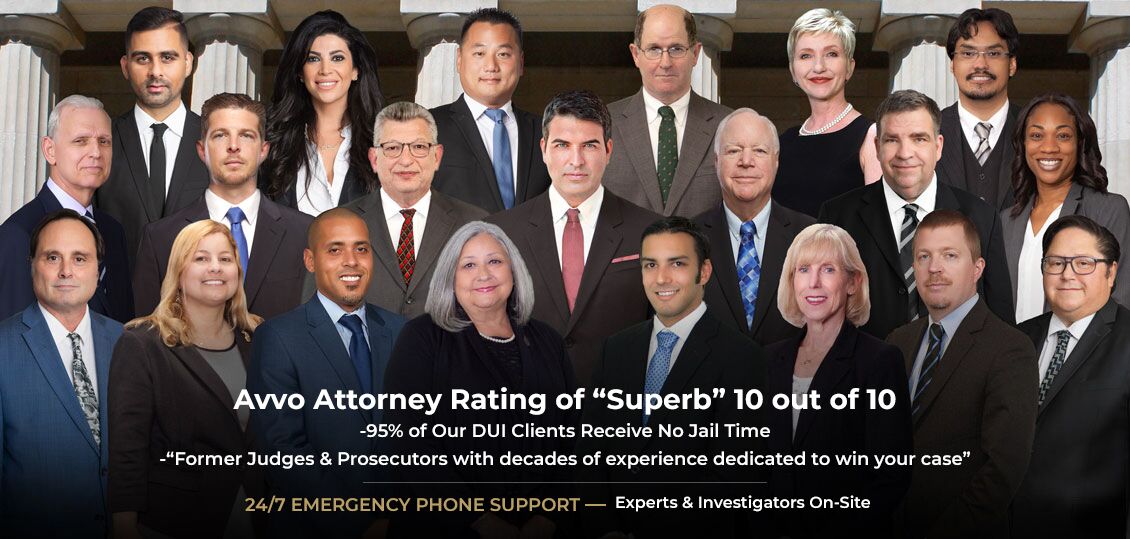
Joint and multiple liability is a common law legal system that permits two or more people to be held liable for the same liability. The principle is that two or more people are jointly liable if they are liable for the exact same act. This is unfair to both the defendants and the injured. There are many options to determine who is liable in cases of joint and multiple liability. The following are the most important considerations in deciding whether or you can hold others jointly and severally liable.
Limitation of joint- and multiple liability
Joint and multiple liability is a crucial legal concept. However, it has been the focus of much debate in recent decades. Its history shows it was not updated to keep up with the changing legal landscape. It can be argued that joint and several liability may have deterred many professionals from entering the field, but other liability regimes could lessen the risk of lawsuits. It comes down to limiting liability.
It is important to know the percentage of fault in each case to limit joint liability. The rule says that if a defendant is 50 per cent at fault, the plaintiff cannot be held jointly responsible to more than 50% of the damages. The defendants can only be jointly responsible for certain noneconomic damages if more than half the fault is attributable to the plaintiff. This limitation is applicable only to plaintiff's claims.

Inequitable to defendants
The circumstances under which joint and several liability evolved were very different from the current ones. A defendant could not be held responsible for the losses of a plaintiff if the plaintiff was also contributingly negligence. Professionals could only be held liable if they were deemed to have breached a contract. However, tort recovery was not available for economic loss. Therefore, courts had limited power to assign liability between multiple defendants.
Proponents for proportionate liability argue that joint liability reduces costs by preventing aggrieved plaintiffs from receiving excessive compensation. The advocates of proportionate liability point out that proportionate liability can reduce the number and complexity of settlements and trials by settling the liability in one case and establishing a share of the loss among the defendants. Opponents of joint and multiple liability argue that the Canadian legal system will be less competitive if there is joint and multiple liability.
Protection for injured parties
A comparative fault limit limits how much an injured party can collect against a single defendant. The less at fault the defendant is the greater the injury party can collect. The comparative fault rule does not allow for joint and several liability. A plaintiff might still need to seek damages against the least at fault party. This rule is most popular in the United States and is preferred for personal injury cases.
In cases of multiple-party negligence, joint and several liability protection for injured parties allows an injured party to recover compensation from any person or company who is legally liable for the injury. Multiple employers or architects may be liable for damages caused by asbestos exposure. To collect payment from as many liable party as possible, the injured party may use joint and numerous liability.

Rules for apportioning responsibility
Over the years, tort law has seen the rule of apportionment change. In the early 20th century, apportionments were widespread, but the courts slowly abandoned them. Courts began to abandon apportionment as it was a risky practice that could lead to invidious differences among defendants or create conflicts of interest. Today, the majority of defendants prefer prorata contribution. This gives them a higher offset in a case going to trial.
A defendant's share of responsibility in negligence cases is calculated according to his or Her percentage of fault. If there is more than one defendant at fault, the court will reduce damages for each defendant proportionally to their percentage of fault. The plaintiff cannot recover damages if one defendant is fifty percent responsible. This rule has been inconsistently interpreted in many states.
FAQ
What is a pro-bono lawyer?
A pro bono lawyer is someone who does free legal services for people who cannot afford them. They are usually lawyers who do this as part of their job, but they also do it on their own time. You can do pro bono work for elderly clients or indigent people.
What is the difference between paralegals and legal assistants?
Paralegals have specific skills such as research, filing and typing. As legal assistants, they may be able to assist lawyers in writing pleadings, researching, and drafting motions. Both types help attorneys to complete their work.
What job opportunities will I have once I'm done with school?
Graduates can choose from three career options: government service, private practice, or public interest. Public interest jobs include being an attorney at a charity or as judge. Private practice roles include those as a solo practitioner, partner, or corporate lawyer. A government career can include a job as a prosecutor or defense attorney or judge.
Statistics
- According to the Occupational Outlook Handbook published by the Bureau of Labor Statistics, the national average annual wage of a lawyer is $144,230. (legal.io)
- Though the BLS predicts that growth in employment for lawyers will continue at six percent through 2024, that growth may not be enough to provide jobs for all graduating law school students. (rasmussen.edu)
- Just 59.2 percent of 2015 law school grads held full-time, long-term jobs as lawyers 10 months after graduation, according to data from the American Bar Association (ABA). (rasmussen.edu)
- According to the Law School Admission Council, the number of people applying for these programs was up 13% last fall. (stfrancislaw.com)
- A Johns Hopkins study of more than 100 professions found lawyers the most likely to have severe depression—four times more likely than the average person. (rasmussen.edu)
External Links
How To
How to become a lawyer
How to become a Lawyer? It is essential that you decide what type law you want to practice before you consider becoming a legal professional. There are many types, including criminal, family, real estate, corporate and other forms of law. A specific type of law is required if you wish to become a specialist. If you wish to become a specialist in family law, for example, you will need to take courses at your university on Family law and then pass the exams. This field will teach you how cases are handled. After passing these tests you can apply for admission at a school where you will be trained in this field. This is a long process so ensure you have a clear goal to become a lawyer.
A law major can be another way to become an attorney. In this case, you will receive a bachelor's degree in law. After that, you are eligible to work as a legal assistant or paralegal. A paralegal assists lawyers with their documents and files. He/she collects client information, prepares contracts, drafts court documents, and makes copies. A legal assistant performs administrative tasks like filing and answering phones. Because it is extremely rewarding, many college graduates choose to become lawyers. There are many other routes to becoming a lawyer, besides attending college. Some people are able to become lawyers without any formal education. Some people just read articles and books about law to learn how to become lawyers. Without a college degree, it is difficult to become a lawyer. Most states require applicants to have a law degree. Many judges prefer candidates who have completed law school.
You should consider your interests if you aren't sure which type of law you would like. Are you someone who enjoys helping others? Are you interested in politics or helping others? Or perhaps you prefer to help people rather than debate them. You can use your interest to become a lawyer, no matter what it is.
Joining a law office is another option to becoming a lawyer. Lawyers usually join a law firm because they feel passionate about the job. They love arguing cases and helping people. It's not a good idea to work for a law firm if it is something you hate. You can open your own business, instead of joining a firm. You might even hire someone else to help you. You'll still be able and able to help others in any situation.
You don't have to go to college in order become a licensed lawyer. You can choose to enroll in an online legal school or pursue an associate's program in law. Both will equip you with the necessary knowledge to become an attorney. Online law schools offer flexible schedules and classes that fit your busy schedule. Associate's degrees give you more hands-on experience.
You must be willing to work hard, regardless of whether you are a lawyer or not. You will need to study every day, pass exams, and complete internships. Even though you might not enjoy studying, you will eventually realize the benefits to being a lawyer.